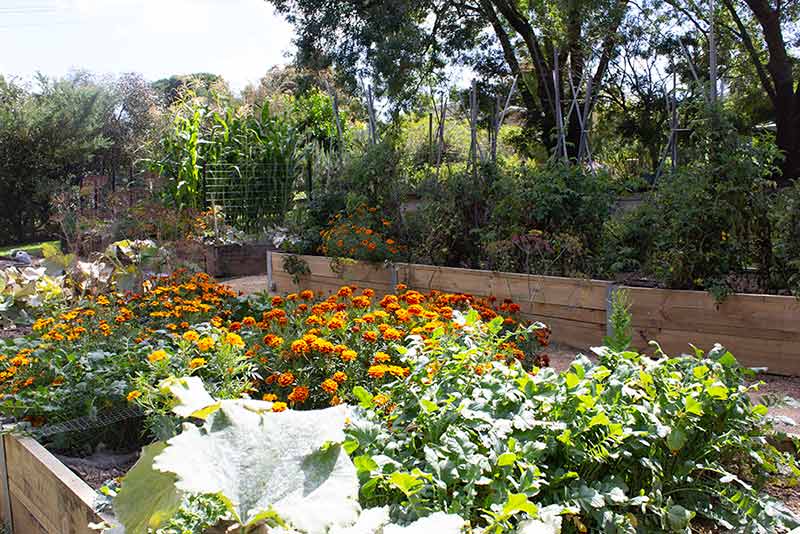
Looking at the BOM, this area of Gippsland usually gets about 50 mm of rain in January.
It looks and feels like we have had a month of January rain in the last two days.
Checking the 7-day forecast, the air temperatures are not warming up that much for a summer in Gippsland, but seasonal gardeners know this, and new gardeners need to learn it; plants need more than air temperature to grow.
They also need the soil temperature to rise and longer days with more sunlight.
Even though humans can’t see it, the days create enough sunlight for the tomato plants to photosynthesis, creating their own food.
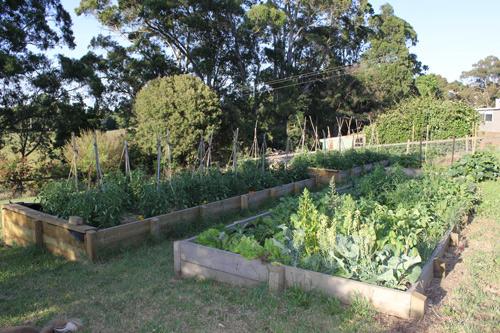
So we don’t need to worry that much about all this rain.
It just means that we don’t need to hand water; the tanks stay full, and it is unlikely that they will run dry by February, like most years (last year, it was mid-January).
Daily inspections will keep an eye out for fungus, mildew and blossom rot on the plants, but there is enough airflow around the tomato plants and they are pretty healthy to begin with, so it is not foreseen as a problem.
The most significant problem pests here are cabbage moths, and these cooler temperatures and wet weather help keep them under control, as they don’t like the rain.
This year, there are 78 tomato plants in the Jacican vegetable patch spread over two- and a bit garden beds; there are plenty of flowers but sadly no tomatoes yet.
This is not a worry, as there is still time.
It paces the growth over the summer, giving a bounty of different things at different times and hopefully, then there will be tomatoes until Mother’s Day.
Of the 78, 16 are standard varieties, Grosse Lisse and Romas, and the rest are heirloom varieties grown from seed from August in the glasshouse and planted in raised garden beds in the backyard.
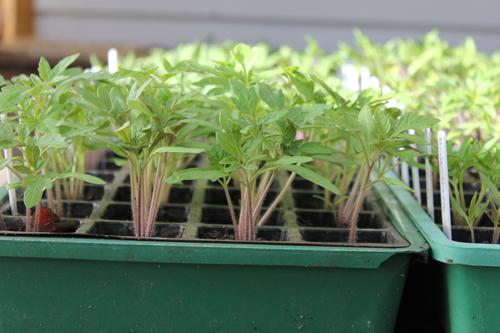
For some reason, just to start even earlier, a giant heirloom tomato that came from a friend of a friend (saved by being left on the bench until it turned into a hard, tiny ball) was planted out in July and placed in the lounge room next to the wood heater to sprout.
These were the first tomatoes planted in the vegetable garden at the start of November, with the rest going into the patch at the beginning of December.
Growing from seed takes longer, so sometimes it is later before they can go into the ground.
Knowing what I know now about microclimates and how to grow things, maybe the vegetable garden wouldn’t be where it is, and perhaps someone would have moved the house to put the garden in a better spot.
The vegetable patch here is on the south end of the block, on a south-facing slope, which makes it a coldish micro-climate for tomatoes and their friends in the Solanaceae family.
But this doesn’t stop tomatoes growing each summer; it is just not too suitable for others in the family like capsicums and eggplants.
Soil preparation is the most crucial step for everything in the vegetable patch.
We sprinkle over handfuls of blood and bone, top dress with mushroom compost, and finish with sugar cane and straw mulch.
All those years ago, when planting my first crop of tomatoes, the advice was given to make up a slurry of water-retaining crystals with a bit of liquid fertilizer and put a handful under each tomato plant to help it establish, give it a feed and not let the roots dry out.
This has been done yearly since with every tomato crop, which means that once the tomatoes start to flower and are given a top feed with potash, there is no need to feed them throughout the season.
As needed, the tomatoes are given a light prune and tied up.
Using a tripod system, plastic-coated metal poles with an extra centre wooden stake for added support, which is not the cheapest system, but after ten years of use, they are still up to the job.
Touch wood, here’s hoping that all the tomatoes survive the rain, keep flowering, then fruit, and 2024 sees the biggest bumper crop of delicious juicy tomatoes ever.
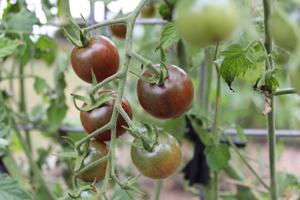
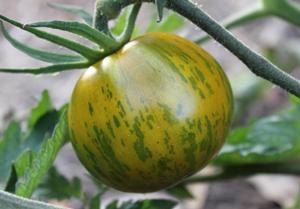
But these could be famous last words that could bite.
Now, in this rain, if you want to talk zucchinis … they are exploding!
Acknowledgment of country
Hello, I’m Jaci Hicken, from the lands of the Brataualung clan, which is where I’ve spent most of my life.
I would like to acknowledge all of us here today to cook together and share a meal.
I love sharing my dream of growing the food this country has to offer and share it with you.
The traditional place that we come together today is on the lands Gunaikurnai people
And I’d like to pay my respects to our elders past, present, emerging leaders, along with all the young people in our community.
